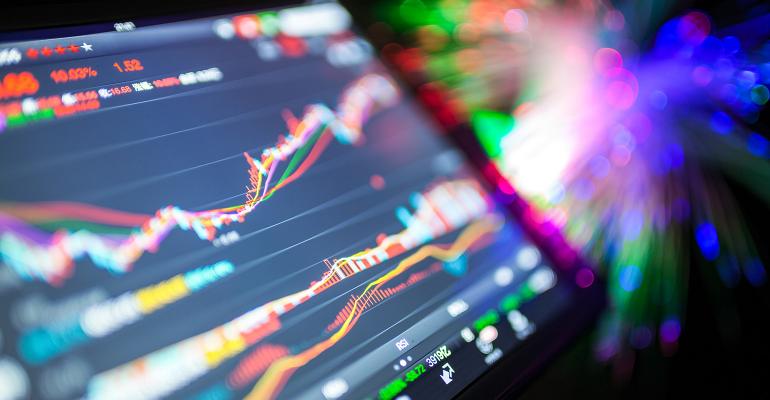Morningstar’s latest fund flows report, for January, shows that active U.S. equity funds outdid their passive counterparts for the first time in five years. Flows to active U.S. equity funds were flat, while passive U.S. equity funds had $3.8 billion in withdrawals for the month. At the same time, the S&P 500 Index had its best January since 1987, up 8 percent.
“It's possible that rebalancing by target-date funds and managed portfolios once again drove these passive U.S. equity flows,” Morningstar writes. “Because of January's strong equity returns, managed portfolios, such as target-date funds, with fixed allocations to individual funds may have been forced to trim their U.S. equity funds because of January's strong returns.”
The research firm points to iShares, which saw $13 billion in outflows from its passive U.S. equity funds, a record for the firm. The Vanguard Total Stock Market Index took in $1.1 billion during the month, but that’s far less than the $14.1 billion in inflows in December.
Gerry Frigon, founder and chief investment officer of Taylor Frigon Capital Management, an active firm, believes we’re seeing a shift back to active investing, and he argues passive investing is bad for investors.
“We believe that ETFs pose a potential threat to investors and to the efficiency of the market mechanism, and ultimately to true price discovery,” he says. “They replace an investor’s ownership of securities issued by a business with a synthetic vehicle linked to securities by a process of financial engineering. This distancing of the investor from the portfolio of securities that the ETF is supposed to be tracking lowers the perceived need to scrutinize the securities in the underlying portfolio; in other words, it breeds complacency on the part of the typical investor in the ETF.”





